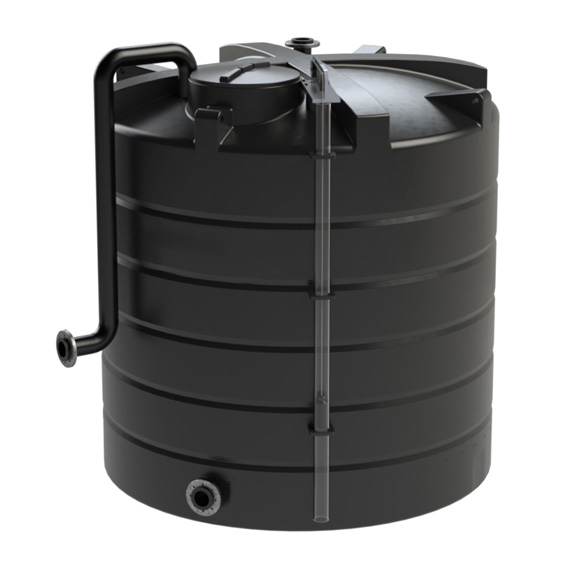General Rotationally Molded Polyethylene Tank Sizes: There are several sizes available regarding single walled vertical tanks, which range from 5 gallons to 15,000 gallons, plus many hundreds of sizes for horizontal, rectangular and conical bottom tank configurations. You will find basically 2 styles of double wall tanks systems ranging in sizes from 15 to 10,500 1톤용기. Rotationally molded polyethylene tanks have been on the market now for approximately forty years. Peabody Engineering therefore has gathered a very good general comprehension of what the typical life of a rotationally molded polyethylene tank will likely be.
This is just an overall observation generally, on account of a number of not known aspects unique to each application as outlined above. Many applications are certainly “tank friendly” so the tanks may have an unusually extended service life. Other applications are especially demanding and the tanks have particularly short service lives for that reason. We have seen tanks not work after a couple of years and we also have seen others well over two decades old. When a tank is numerous years old, how should you assess if it’s still safe to be used? If a tank is beginning to show wear and tear, you’ll be able to see fine fissures or hairline cracks known as crazing. Take a look for crazing on the dome of a vertical tank in the area where sunlight is most intense or around the nozzles on the sidewall of the tank, particularly where mechanical loading from pipe and valves are connected. The top of the transport tank, that has been allowed to set outside all year, is an effective spot to look too.
These fine cracks can become even more intense and visible as time passes and will become stress cracks. Dropping a light inside of the tank could possibly help in visual examinations, considering that any stress cracks will likely be much easier to spot while using the internal light source in place. The resilience of a good tank will be obvious. A tank beyond their life expectancy will sound dull when struck and can crack as a result. It is better to test regularly and early to be safe as opposed to losing valuable chemicals and incurring clean-up expense from an un-examined tank that fails. Standard (at the least once-a-year) documented tank inspections ought to be a standard part of your plant safety and maintenance program. When a tank is showing signs of wear or is otherwise determined to be unsafe, you should replace it. While Peabody Engineering simply cannot guarantee the length of time the plastic tank will actually last, we know through experience, that the standard polyethylene storage tank can last between 10 to 20 years, dependant on the chemicals they are sustaining along with the conditions of the environment they are used in.
There are exceptions to this, like 12-1/2% sodium hypochlorite, that commonly causes tanks to pre-maturely age after only 5 to 7 years. This happens on all HD Linear Polyethylene Tanks, regardless of manufacturer (it happens quicker in Cross-linked polyethylene tanks) as a result of chemical nature of sodium hypochlorite. Due to the fact each application possesses its own unique conditions, it’s impossible to make a general statement regarding how long you can expect any given tank to last in a given application, unless we understand each of the facts for that specific application. Even then, the best anyone can reasonably offer is an over-all expectation, based on the info available. There have been circumstances where the tank was bought for a unique chemical at a specified concentration and later on, the concentration was increased or the tank was re-deployed for an altogether different chemical and service condition. In these instances, we obviously are not able to predict what outcome these types of changes could have on the service life of the tank. We offer a standard warranty on all of our tanks that are used in approved applications.
This warranty is 3 years for standard weight tanks and 5 years for heavy duty tanks. This warranty covers repair or replacement of a tank that fails due to defects in materials and workmanship. Generally tanks that fail as a result of manufacturing defect will do so within the first couple of months after the tank is placed in service. If the tank survives beyond the warranty period, it will more than likely continue for 10-15 years or longer. Polyethylene tanks are really excellent for applications storing a very wide variety of liquids up to 120 degrees F. Polyethylene tanks can handle temperatures below zero, but temperatures over 120 F will began to soften the tank walls and they’ll bulge. Long term exposure to elevated temperatures could quite possibly result in stress cracking. Tanks with fiberglass reinforcing on the walls can deal with higher temperatures.
